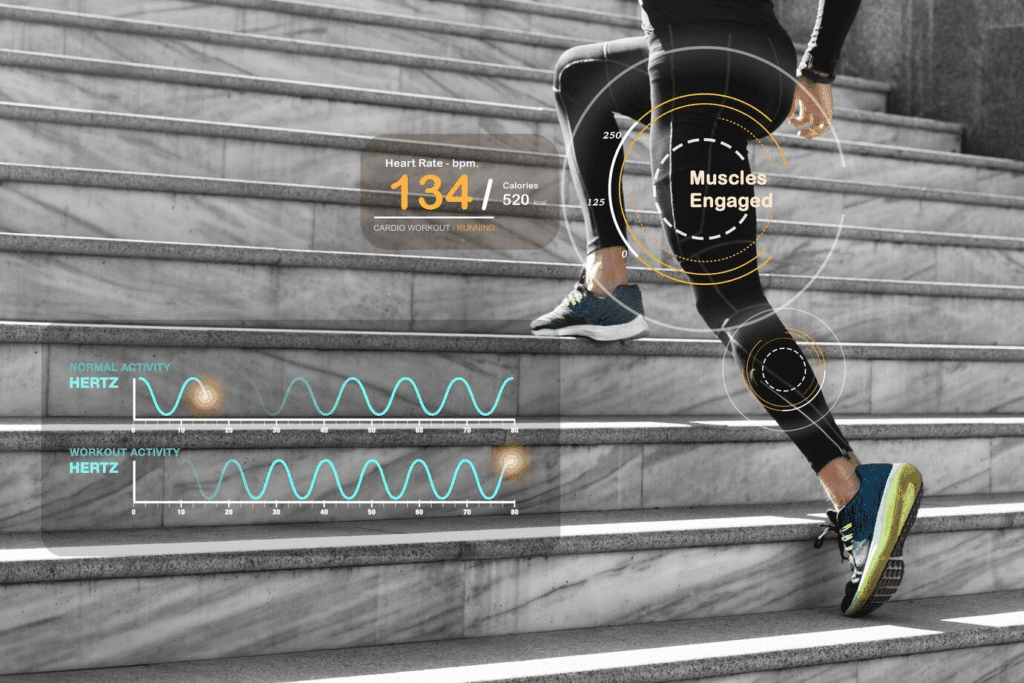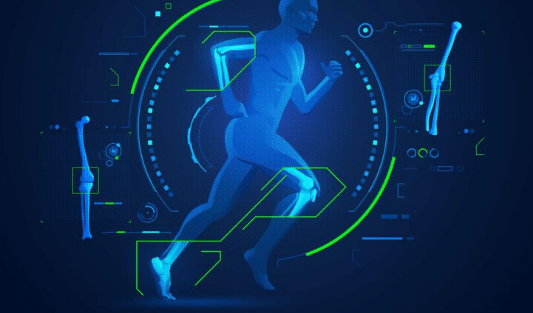The technology combines camera joint tracking devices with software that utilizes advanced techniques for data-driven form correction, extending beyond the coach’s comprehension. Athletic training programs are now adopting this technology, including those for local footballers in Cairo and Texas sprinters. Sports bettors gain invaluable insight from observing which athletes receive first-class training, as their upcoming field performance tends to be explosive.
What Is Biomechanical Motion Analysis?
Advanced technologies, including AI-powered software, 3D cameras, and force plates, comprise biomechanical motion analysis, a scientific field that studies human body movements during motion. The method eliminates random guesses by using precise numbers. Betting fans can identify behavioral trends in sports at تطبيقات مراهنات, as athletes with biomechanical performance information tend to succeed consistently in high-pressure situations.
The system tracks the movement of each knee, the position of the shoulder, and the length of each step. The technology detects performance flaws that standard observation cannot pick up. This method enables coaches to observe performers under scientific conditions in real-time motion.
The analysis technique works across all training budgets, including those dedicated to Olympic teams. Current sports laboratories within universities, as well as training facilities for private athletes and youth sports academies, now utilize this technology. This technology enables athletes to develop more efficient movements and concurrently lower their risk of injury by improving their performance margins, which determine victories and losses.
From Coaches’ Eyes to Algorithms
In the past, the basis was built on experience. Your coach observed your running technique and instructed you to correct your stride measurement. Present-day technology utilizes machines to provide precise numerical explanations for the reasons behind and methods of performance. The tracking capabilities of algorithms extend to hundreds of simultaneous movements that no human could replicate. Everything changes because these machines acquire knowledge independently. A change from making decisions based on instincts to using data-driven information takes the following form:
- Observational systems operate by tracking complete joint positions from multiple measurement directions.
- The force plate system detects the ground pressure distribution at the feet.
- Wearable sensors monitor muscle activity by tracking its engagement speed and alignment.
- AI Comparison Tools assist athletes by enabling them to match their movements with those of professional athletes, identifying areas that require improvement.
Oftentimes, coaches detected irregularities by instinct in the past. The updated software provides precise timing information about the slightest form of degradation observed in athlete motion, whether it happens during a millisecond.
Core Applications in Technique Optimization
Biomechanical motion analysis is no longer primarily a research instrument, as it has evolved into an essential clinical tool. The technique has evolved into a crucial element for athletes seeking to develop their talents, refine their movements, and achieve their goals. The system demonstrates actual movements and displays the optimal way athletes perform. The improper shift during explosive competition has the potential to destroy everything. Followers of Instagram MelBet can instantly observe every angle change in each sport. Athletes experience sudden and significant improvements when using this technology. The field of performance has welcomed biomechanics to establish novel preparations for sporting competitions.
Sprint Mechanics in Athletics
Every segment of movement receives biomechanical tracking, including hip positions, stride distances during foot placements, and the time spent touching the ground. Eliminating 0.02 seconds from elite sprinter time records mostly results from improved strategies rather than enhanced training efforts.
The coach of Usain Bolt acquired slow-motion gait analysis data, which he used to maximize his asymmetrical sprint pattern. Bolt’s asymmetrical running form worked better for his body structure, despite most runners striving for perfect symmetry. Only biomechanical breakdowns can provide this level of performance understanding.
Coaches leverage this information to adjust starting positions, enhance acceleration performance, and rectify runner posture during the mid-race. These upgraded athletes secure more than victory through betting because they achieve complete dominance.
Golf Swing Enhancement
Golf appears slow, yet its biomechanical demands are physically demanding. A chain reaction involving your complete body takes place during each swing. The ball deviates by meters when a single joint deviates by 5 degrees from its optimal position. The modern swing guideline, facilitated by motion analysis, is made possible through measurement-based feedback. Elite-level strokes emerge from basic hits through the implementation of these technologies. The important biomechanical updates integrate the following elements:
- Shoulder Rotation Tracking detects any stiffness or misalignment problems that develop during the backswing.
- Hip Torque Measurement enables the evaluation of how leg muscle power is transferred into arm movements.
- Club Path Monitoring determines whether the swing path follows the ideal flight path direction.
- This tool evaluates foot pressure measurements during all phases of the swing movement.
These tracking methods enable players to produce more precise shots and reduce missed movements, thereby boosting their chances of outplaying expectations and providing crucial betting opportunities.
Injury Prevention Through Data Monitoring
The impact of injuries can halt athletic careers, end seasons, disrupt athletic form, and alter betting outcomes. Analysis of biomechanics does not require pain as a prerequisite for evaluation. Measurement systems detect potential risks that will develop into damage. Through the assessment of joint pressure distribution and muscle behavior while under stress, athletes can identify harmful patterns and modify them before they become problems.
Real-time alarms detect when the body enters injury risks before the athlete becomes conscious of this condition. The technological system recognizes the importance of early identification in repetitive sports, including tennis, running, and baseball, as minor errors can lead to significant problems.
The technology reveals potential issues by performing these functions:
|
Metric Tracked |
Why It Matters |
What It Prevents |
|---|---|---|
|
Ground Reaction Force |
Measures how the body absorbs impact |
Stress fractures, shin splints |
|
Joint Load Symmetry |
Checks balance in leg or arm usage |
ACL tears, muscle strains |
|
Muscle Fatigue Index |
Flags in specific muscle groups |
Hamstring pulls, tendon injuries |
|
Kinematic Range of Motion |
Detects stiffness or limited joint movement |
Shoulder pain, hip injuries |
Real-Time Feedback in Training
The ability to adjust movements during ongoing motion has become possible. Sportspeople wear compact sensors that transmit performance data either through smart glasses or tablets. The absence of coaches during training sessions does not require session stops. The coach simply delivers a notification about the 3° deviation in your hip area. The performance quality achievable through video analytics used to be a weeks-long procedure.
The quick response mechanism shortens the time needed for development. The correct motion of the body is relayed to athletes in real-time, rather than through delayed replay analysis. Under this method, each exercise transformation becomes an enhanced version of the original exercise. Players will waste less time and achieve superior form while performing optimally on game day. Bettors need to watch for athletes who employ this technique, as their development speed tends to be faster, and they achieve peak performance when they want to.
How Biomechanics Impacts Psychological State
The benefits of biomechanics extend beyond physical improvement, as the training develops self-assurance. Athletes’ beliefs grow stronger when they view their enhancements through data-based evidence, and self-doubt fades. Training stops being an unguided process because it transforms into precise, measurable improvement steps that lead to significant psychological development and enhance performance during stressful moments.
Aside from weaknesses, data will sometimes expose certain things. Athletes who discover their shortcomings early achieve mastery over those problems. For sports bettors, it makes sense to follow athletes who receive mental-game assistance and biomechanical consulting, as these players tend to demonstrate better stress-management abilities. Experts learn to place their trust in numbers during critical situations that threaten their entire operation.
The Future: Personalized Movement Coaching
Biomechanics is currently moving into a stage where all activities will become customized. The approach addresses your weaknesses and recommends the most suitable action for you. The training procedures will originate from evaluation results rather than championship examples. The precision margin within elite competitions diminishes because that little difference matters the most.



















